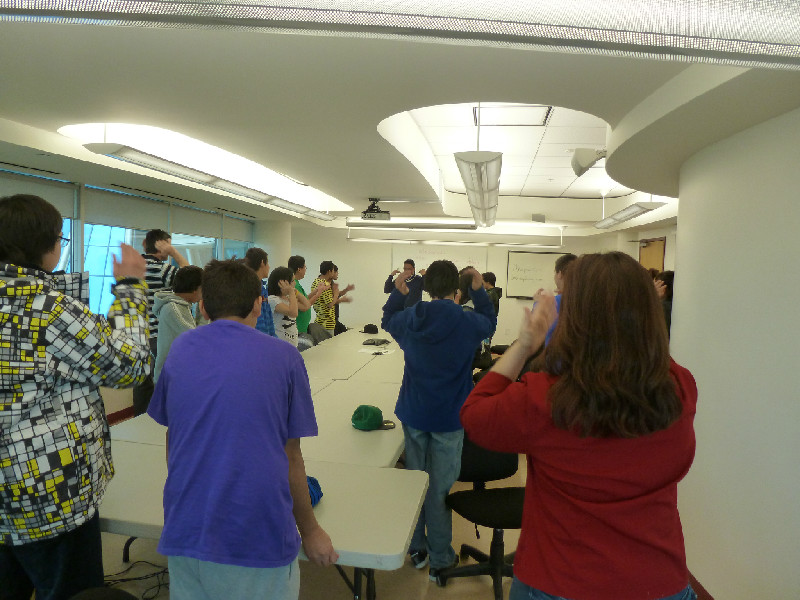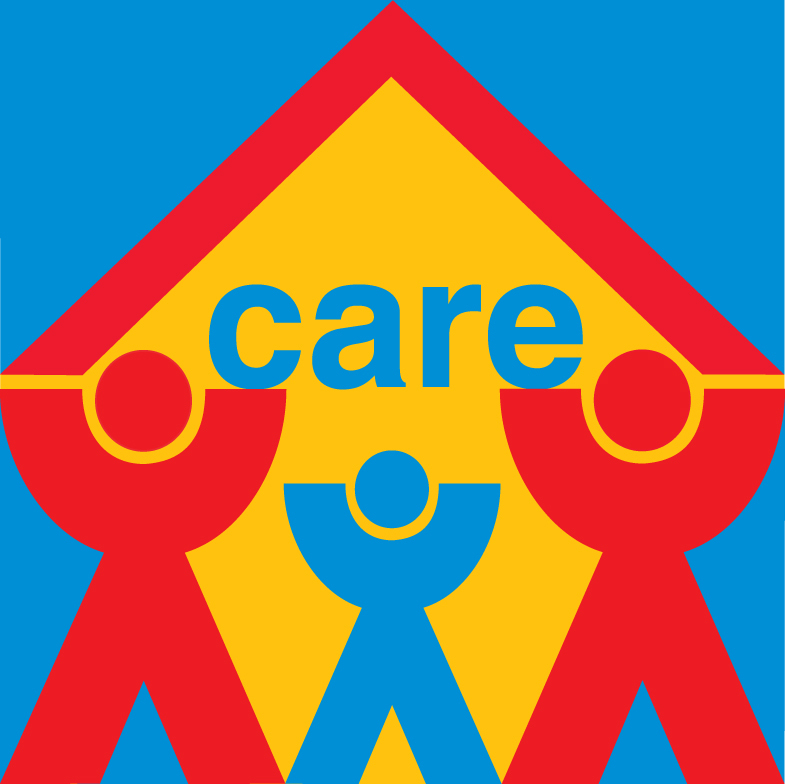 The Cree Language Program was introduced March 2011 and it is a partnership between the Ranch Ehrlo Society and the First Nations University of Canada. The program began as an eight-week course where 20-25 Ranch youth learned conversational Cree. The idea began with Reona Brass (teacher at Transition Centre), Darren Okemaysim (Cree Language instructor) and Nick Crighton (cultural coordinator at Ranch Ehrlo).
The Cree Language Program was introduced March 2011 and it is a partnership between the Ranch Ehrlo Society and the First Nations University of Canada. The program began as an eight-week course where 20-25 Ranch youth learned conversational Cree. The idea began with Reona Brass (teacher at Transition Centre), Darren Okemaysim (Cree Language instructor) and Nick Crighton (cultural coordinator at Ranch Ehrlo).
“We have many youth at the Ranch that speak and understand Cree fluently and they want to retain their language so they can go home and speak to their families,” explained Crighton.
Due to positive feedback from both students and teachers, the Cree Language program has been offered again in a six-week format and is now in its third cycle. It will run for six weeks from October 10 – November 16, 2012.
Darren Okemaysim has been the Cree Language instructor since the program’s inception. He is from the Beardy’s and Okemasis First Nation in Saskatchewan. He has been an educator and teaching language for 24 years; he has three degrees in linguistics, education with an Indian Language major, and a master’s in Human Resource Development in program design development.
For Okemaysim, language is a celebration of life. The reason he teaches language is because it is a gift that must be given back. Th e language teaching method he uses is called “Total Physical Response” or TPR; a method developed by Dr. James Ash.
e language teaching method he uses is called “Total Physical Response” or TPR; a method developed by Dr. James Ash.
“TPR has proven to be very, very effective in the context of First Nation’s language in that students are acting out, repeating, and listening to the language,” explained Okemaysim. “So it works in three modes: listening, hearing, and doing. All of this at the same time they are cognitively processing the language.”
Okemaysim’s goal is to stress upon the students the importance of language and learning language as they transition into young adulthood. They can use the knowledge obtained from traditional language to acquire that role, that path they are on, using language to find their young adult identity.
 Crighton agreed alluding to the fact that Ranch youth have been exposed to and will continue to be exposed to negative stereotypes about Aboriginal people throughout their lives and Ranch Ehrlo can play a role in combating this issue and helping youth to form a positive cultural identity.
Crighton agreed alluding to the fact that Ranch youth have been exposed to and will continue to be exposed to negative stereotypes about Aboriginal people throughout their lives and Ranch Ehrlo can play a role in combating this issue and helping youth to form a positive cultural identity.
“I believe it is extremely important for many of these youth to partake in this opportunity because all Indigenous languages across Canada are in a critical state of being forgotten. Learning their language is a huge part of who they are,’ asserted Crighton. “I think more programs like this are needed in schools  across the country. Many Aboriginal people believe that language is one of the most important aspects of their culture. Furthermore it’s important that we as Ranch Ehrlo Society staff encourage the youth to celebrate and be proud to be Aboriginal People.”
across the country. Many Aboriginal people believe that language is one of the most important aspects of their culture. Furthermore it’s important that we as Ranch Ehrlo Society staff encourage the youth to celebrate and be proud to be Aboriginal People.”
From Okemaysim’s observations, the students show great enthusiasm during the classes. There are no exams and very little reading and writing. “People learn languages to speak the language – so that is the focus of this class. I see the enlightenment in these youth and it inspires me and the life path I’m on too.”
Okemaysim’s experiences with the Ranch youth have always been positive. He is aware of the realities of where the youth come from and he is able to relate to the youth and what they have been through.
“Giving them respect, integrity, and purpose is my right as a teacher. That’s my purpose: to give them that and help them honour themselves. There are no tests. We come here to learn to speak the language and we see the joy in their faces when they learn how to speak it.”


